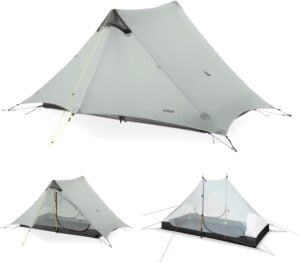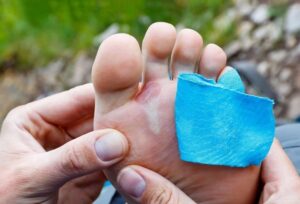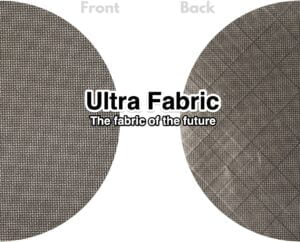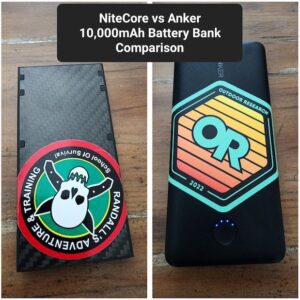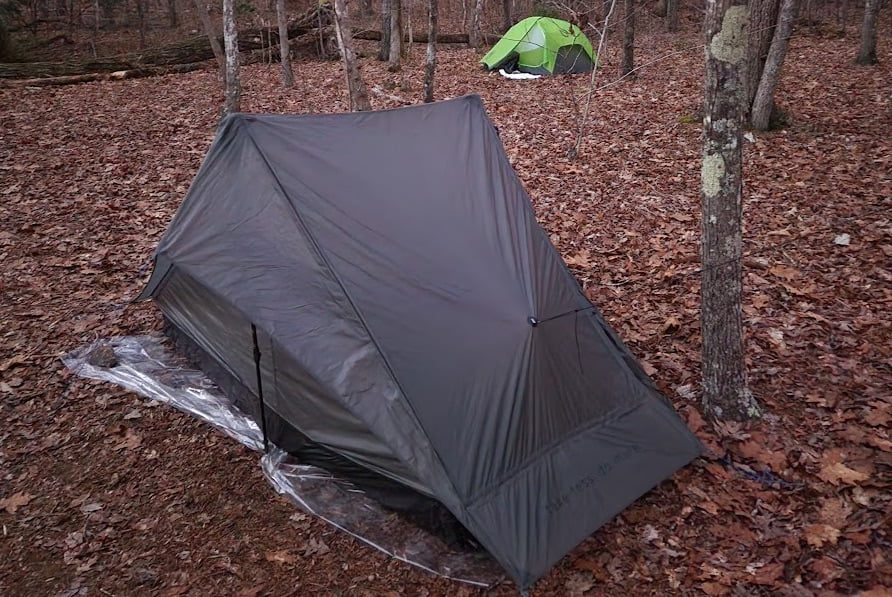
Choosing the right tent footprint is essential to a successful camping trip. But with camping and enjoying nature’s beauty first-hand comes its unpredictability. One of the most debated topics among backpackers is the necessity of a tent footprint. While many have invested in tents with waterproof floors, the lingering question is: Do you need that extra layer beneath? This comprehensive guide will explore the world of tent footprints, their importance, and how they can enhance your backpacking experience.
Understanding Tent Footprints
A tent footprint is more than just an additional piece of fabric; it’s a protective barrier. Positioned between the ground and your tent, it serves multiple purposes:
- Moisture Barrier: It prevents groundwater from seeping into your tent, keeping you and your gear dry. Made from waterproof fabrics like polyurethane-coated nylon or silicone-treated polyester, footprints create a water-resistant layer.
- Protection: It safeguards your tent floor from abrasions, punctures, and potential damage from rough terrains. Pointy rocks, stubborn tree roots, and gravel can wreak havoc on tent floors over time. A footprint acts as a shield.
- Insulation: On colder nights, a footprint can provide an added layer of insulation between you and the cold ground. This helps retain warmth inside the tent.
- Versatility: Footprints allow you to pitch your shelter on surfaces like gravel, concrete, or muddy terrain where stakes can’t be used. The footprint holds the tent in place.
Materials and Durability
Tent footprints are typically made of durable polyester or nylon fabrics, coated with a waterproof polyurethane layer. The thickness and durability are often measured in denier. A higher denier indicates a thicker and more abrasion-resistant material. For instance, a 70D (70 denier) footprint offers more protection than a 30D one but might be slightly heavier.
The most common materials used for tent footprints include polyurethane-coated nylon, silicone-treated polyester, and PE film. These materials are chosen for their durability, waterproof properties, and resistance to wear and tear. Learn more about tent materials:
- Polyurethane-Coated Nylon: Waterproof and rip-resistant, yet lightweight. 70D nylon is a popular choice.
- Silicone-Treated Polyester: More affordable and still water-resistant. Polyester holds up well against UV rays.
- PE (Polyethylene) Film: Lightweight and waterproof but less durable over time. Best for occasional use.
Footprint Fit and Size
Size is crucial when selecting a footprint. It should match or be slightly smaller than your tent’s floor dimensions. A larger footprint can lead to water accumulation around the edges, potentially causing more harm than good. If your footprint is slightly larger, tuck its edges under the tent to prevent water from pooling.
The Perfect Fit: Size matters when it comes to tent footprints. It’s essential to choose a footprint slightly smaller than your tent’s dimensions to prevent water from pooling between the tent and the footprint. Here’s a guide on choosing the right tent size. Having the right size also prevents abrasion from ground debris brushing against the tent walls. Exposed areas are vulnerable to wear and tear.
Why Do I Need a Footprint?: While some tents are marketed as not requiring a footprint, it’s always a good idea to use one. Here’s why:
- Protection from Sharp Objects: A footprint acts as a shield against sharp rocks, twigs, and other ground debris that can damage your tent. Learn more about campsite selection to avoid such hazards.
- Insulation: It provides an extra layer of insulation, keeping you warmer during cold nights. Read about the importance of insulation in camping.
- Clean Surface: A footprint offers a clean surface, especially useful in muddy or wet conditions.
- Waterproofing: It adds an additional layer of waterproofing, ensuring you stay dry even during heavy rain. Discover more about tent waterproofing.
Pros of Using a Tent Footprint
- Protects the tent floor from damage and prolongs its life. This saves you money in the long run.
- Creates an extra layer of insulation for added warmth.
- Allows you to pitch your tent on rough grounds where stakes can’t be used.
- Prevents water seepage through the floor in case of heavy rain or moisture buildup.
- Lets you set up your tent on dirty surfaces without soiling the floor. Easier to clean the footprint later.
- Some footprints are made of reflective material to provide additional heat retention inside the tent.
Cons of Tent Footprints
- Added cost of purchasing a footprint. Prices range from $20 to $70+.
- Additional weight in your pack. Even lightweight footprints add a few extra ounces.
- Takes more time to lay out before setting up tent.
- If ill-fitted, can potentially collect water around tent edges.
Alternatives to Traditional Footprints
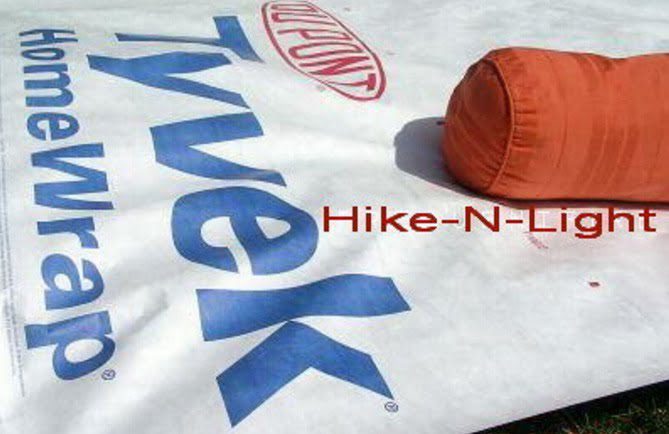
Not all footprints are made equal, and not all of them come with a hefty price tag. If you’re looking for budget-friendly alternatives, consider:
- Polyethylene Tarps: Lightweight and waterproof, these can be cut to size. Often cheaper than branded footprints.
- Tyvek Housewrap: Durable and water-resistant Tyvek sheets are a favorite among many backpackers. Offer good puncture resistance.
- Polytarp: Made from woven polyethylene, polytarps are affordable and fairly sturdy. Easy to cut to your tent’s dimensions.
- Window Insulation Film: Lightweight and compact, window insulation film, or “shrink film”, works well for ultralight backpackers. It lacks long-term durability though.
- DIY Footprint: For a custom fit, make your own footprint using materials like tyvek, polycro, or even painter’s drop cloth. Seal the edges with waterproof tape.
Ultralight/DIY Options: For those on a budget or looking for lightweight options, there are several DIY alternatives to traditional footprints:
- Tyvek: A durable material that’s water-resistant and lightweight. Learn more about using Tyvek as a tent footprint.
- Polycro: An ultralight, clear plastic sheet that’s waterproof and durable.
- Tarp: A versatile option that can be cut to size. Here’s a guide on using tarps in camping.
- DCF (Dyneema Composite Fabric) Ground Cloth: A high-end, ultralight material known for its strength and durability.
How to Make a DIY Footprint? Making your own footprint is simple. Here’s a DIY guide to help you out.
Conclusion
The decision to use a tent footprint boils down to your specific needs, the type of terrain you’re camping on, and your tent’s construction. While it adds a bit of weight and cost, the protection and insulation a footprint provides can make it well worth it for many backpackers. After all, a good night’s sleep is priceless when you’re out in the wilderness.

